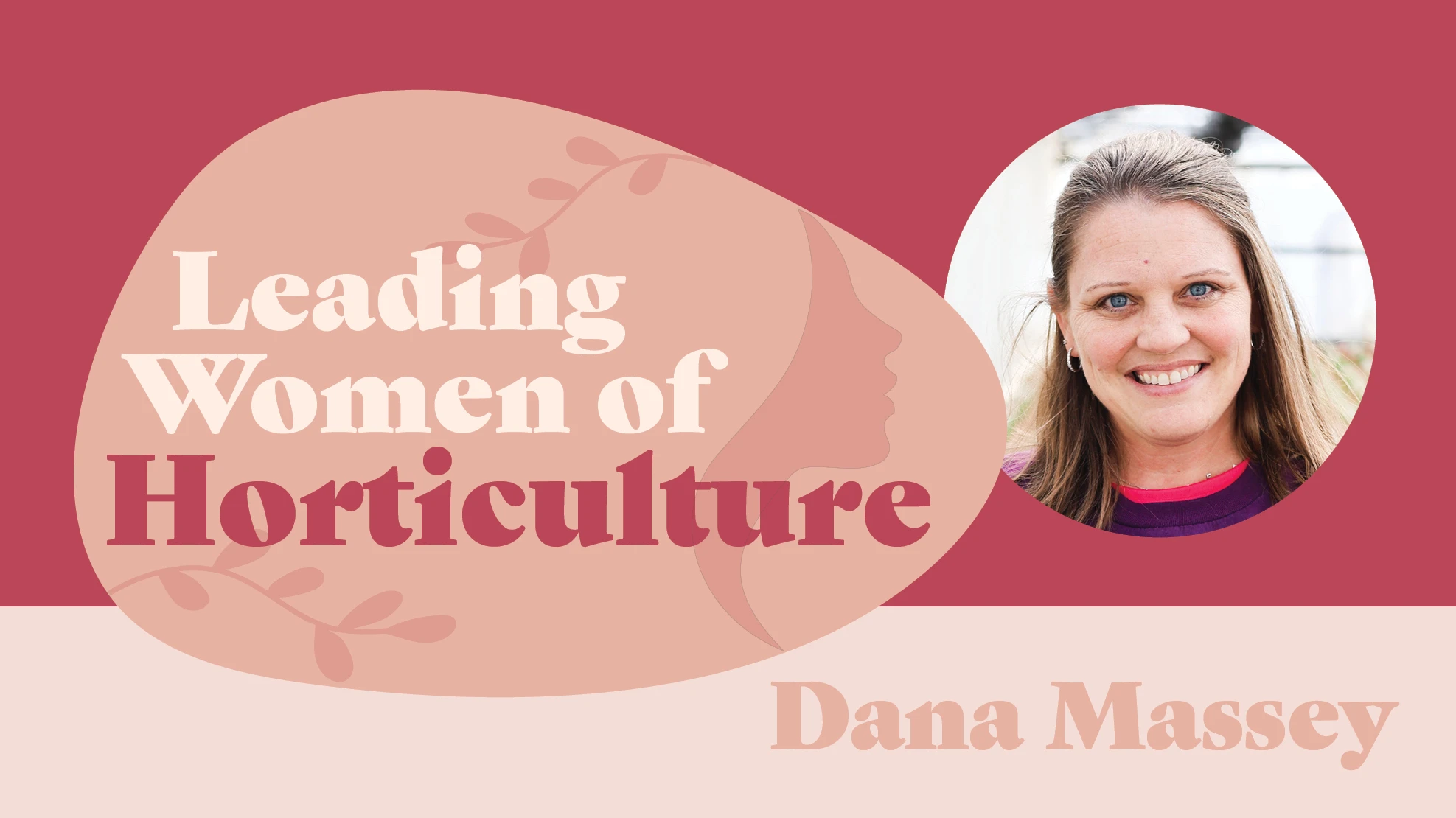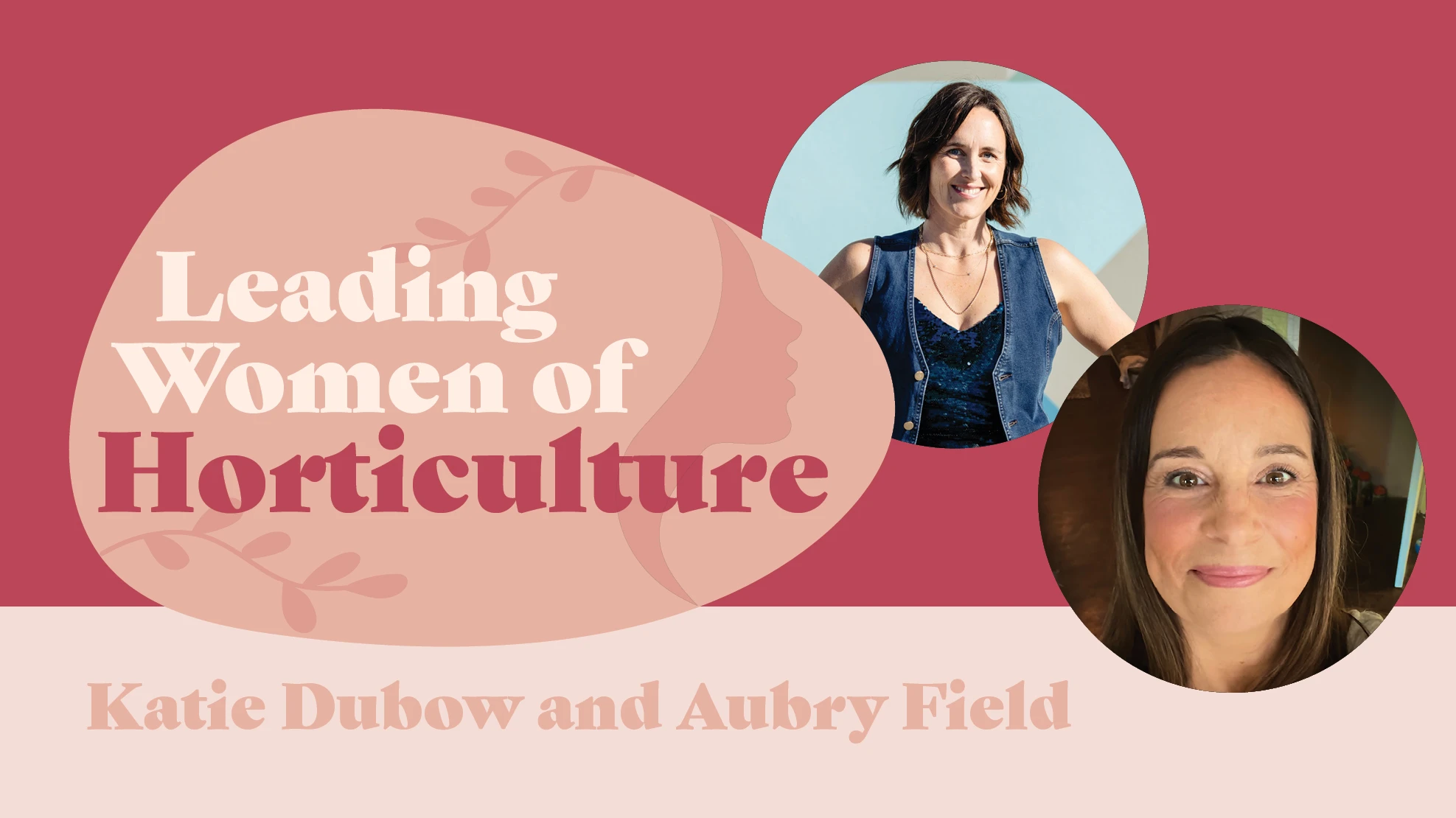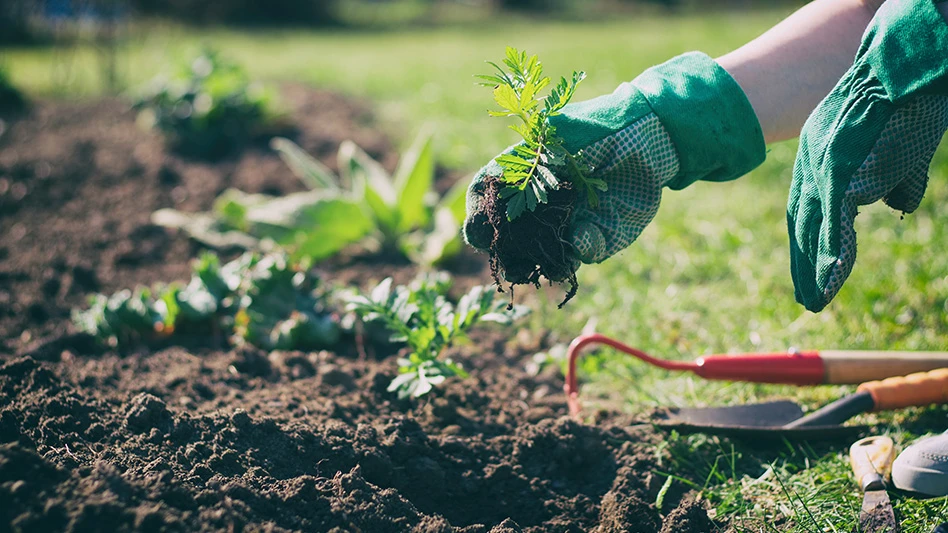
COURTESY OF SPI HOME & GARDEN

When it comes to garden art, some creatures are classics: A momma bear with her cub; a great blue heron with a fish in its mouth; and a frog perched on a lily pad will always appeal to a broad customer base.
Designers have capitalized on the popularity of animal-themed décor and given creatures human-like qualities, creating product lines that showcase animals in a range of offbeat settings. A frog sipping a cup of tea and reading a book, a cat helping a pig take a bath and kissing bunnies sitting on a bench
Ron Knutson isn’t surprised anthropomorphized animals are catching on. SPI Home & Garden has been designing whimsical animal garden items for more than 40 years. Of their 2,000 active SKUs, Knutson, vice president of the California-based manufacturer, notes that a “significant portion” of the products are whimsical depictions of animals doing everyday human activities, sometimes in fashionable apparel.

“People find a frog doing yoga endearing,” he says.
Melrose International also discovered that
Designer Ken Fetgatter calls the line “cute” and explains, “It’s a fresh take on something we’ve been doing for a long time.”

The more hipster the clothing and accessories — think bowties, plaid shirts and black-framed glasses — the more attractive the animals are to Millennials. In fact, both SPI Home & Garden and Melrose International cite interest in expanding their customer base as the main reason for venturing into more whimsical animal offerings. Knutson notes that grandma still wants deer, bears
“A frog on a lily pad attracts one generation; a cat drinking wine appeals to another,” he says.
These imaginative pieces also have appeal to non-animal lovers.
With whimsical offerings, the animal is secondary; it’s the action that resonates with the customer. In other words, Knutson explains, “It matters less which animal is doing yoga, boating or riding a skateboard; customers with specific hobbies like the pieces [and] want the hook into their lives, whether it’s a bunny or a frog or a pig or a dog doing their favorite things.”
Not all décor depicting animals engaged in human activities hits the mark, however. SPI Home has had particular success with frogs and bunnies in fantastical settings. Even cats are popular. The current product lineup includes cats reading, doing yoga, holding garden lanterns and cozied up on benches.
Dogs are a harder sell. Knutson believes that dog lovers are more breed-specific and want items that depict the breeds of their pets; the owner of a Basset Hound might not purchase garden art depicting a Labrador Retriever, for example. Cat people, he explains, have a more general appreciation for the species, regardless of the breed. And wildlife engaged in human behaviors or dressed in clothing is a total no-go, in his experience.
“No one wants to see a bear wearing a bowtie or a deer riding a bike,” Knutson says. “And birds do not do whimsical.”
Even though there is a strong market for quirky characters, Fetgatter believes that for animal-themed garden décor to be successful, the scenes and accessories can be over-the-top and improbable but the characteristics of the animal should be spot on. Gardeners will only purchase animal décor if the cat is a realistic depiction of a cat, he explains.


For that reason, having dog-and cat-themed pieces designed in China presents manufacturing challenges. In Asia, cats tend to have broader, flatter faces than cats in North America, which could make them seem odd-looking to domestic customers. Other animals look different, too.
Knutson recalls getting samples back from its overseas manufacturer that featured does with white spots on their backs. In the U.S., fawns, not
“We learned that what is legitimate in one place won’t work in another,” he says. “To get the faces just right, the pieces have to be designed in the U.S.”
With the right design, trendy animal-themed garden décor fills an important need in the market.
“The novel and whimsical presentation
Get curated news on YOUR industry.
Enter your email to receive our newsletters.

Explore the July 2018 Issue
Check out more from this issue and find your next story to read.
Latest from Garden Center
- Brand Spotlight: Growing Sweet Success in Small Spaces with Butterfly Candy™ Buddleia
- Super Charged Moon Juice from Moon Valley Nurseries now available nationally
- 2025 Proven Winners Horticulture Scholarship applications now open
- Leading Women of Horticulture: Anna Ball, Ball Hort, and Terri McEnaney, Bailey Nurseries
- Dümmen Orange North America celebrating 25th anniversary in 2025
- Illinois Landscape Contractors Association changes name to Landscape Illinois
- Leading Women of Horticulture: Arden Pontasch, North Creek Nurseries
- Spring Meadow Nursery's Freedom Shelley finds joy in plants





